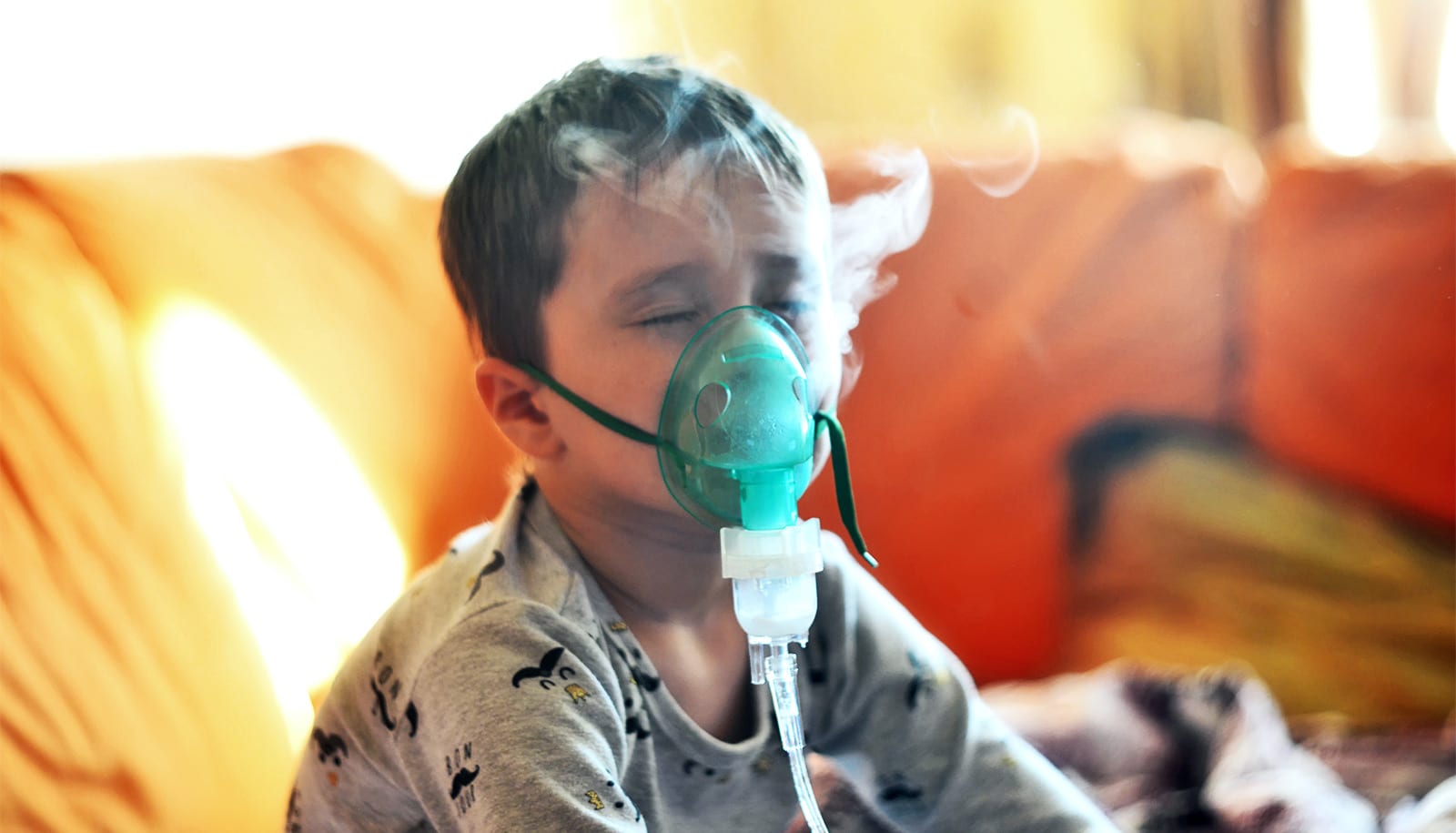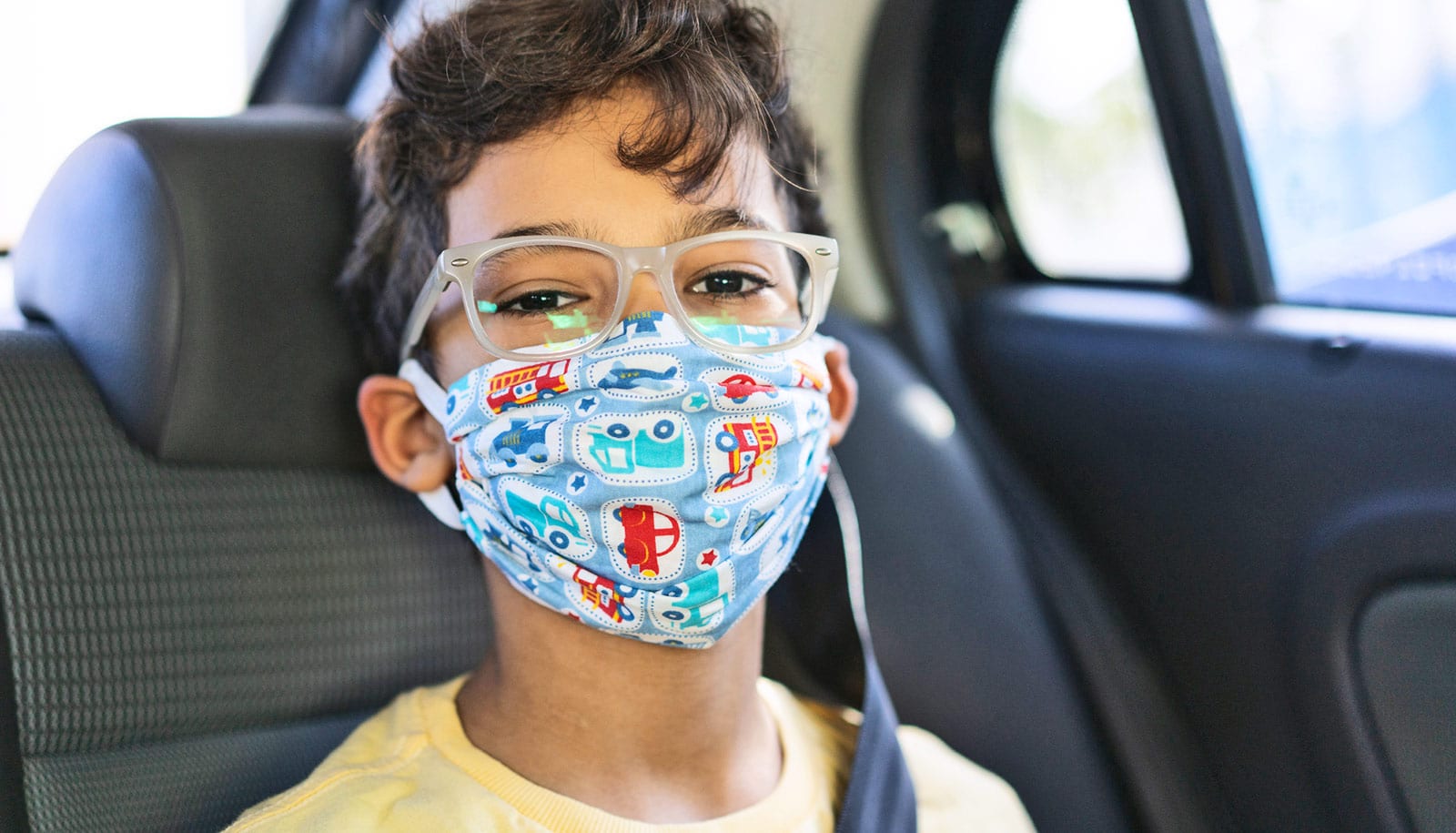Several widely available asthma interventions are associated with both reduced medical costs and a reduced likelihood children will need to go to the hospital, according to a new study.
“This work shows that you can improve the quality of life for children with asthma and you can reduce government spending by implementing these proactive interventions,” says lead author Julie Swann, department head and professor in the industrial and systems engineering department at North Carolina State University.
For the study in the Journal of Asthma, the researchers looked at data from 2010 and 2011 on more than 70,000 children with asthma enrolled in Medicaid programs in New York and Michigan.
They focused on four interventions: asthma self-management education (ASME); flu vaccine; the use of spacers, which are low-cost plastic tubes that improve the performance of inhalers; and the use of nebulizers, which are devices that convert liquid medicine into an aerosol that patients can inhale.
Specifically, the researchers analyzed the data to understand the extent to which each of these interventions was associated with three outcomes: asthma-related visits to the emergency room; asthma-related visits to a primary-care physician; and asthma-related stays in the hospital.
The researchers also assessed the extent to which each intervention influenced costs associated with each child’s asthma medication and so-called “utilization costs”—costs associated with other aspects of a child’s asthma treatment, such the cost of visiting a primary-care provider or hospital.
To address these questions, the researchers plugged the health care data into models that allowed them to assess the impact of each intervention separately, compared to no intervention.
“One of the key findings, which should be of interest to policymakers, is that all four interventions were associated with lower medication costs and utilization costs,” Swann says.
And while the numbers varied between states, the decreases in cost could be substantial. For example, being vaccinated against the flu was associated with a 16.4% reduction in utilization expenses and a 15.6% reduction in medication expenses for children in New York.
“There can be significant cost reductions associated with a fairly inexpensive intervention,” Swann says.
“Our results suggest that ASME training, and the use of spacers and nebulizers, are also associated with significant decreases in both emergency room visits and hospitalizations,” says coauthor Pinar Keskinocak, professor in Georgia Tech’s School of Industrial and Systems Engineering and the director of the Center for Health and Humanitarian Systems. “And the flu vaccine helps reduce the number of visits to a child’s primary care provider.”
“It’s important to note that we looked at the impact of these outcomes separately while accounting for other interventions,” Swann says. “You would expect that the more of these proactive interventions a child has, the greater the positive impact we would expect to see on both their health and on what Medicaid would be asked to spend on their care.”
Additional coauthors are from Emory University, Purdue University, and Georgia Tech. The Center for Health and Humanitarian Systems and the William W. George Endowment at Georgia Tech, and the Edward P. Fitts and the A. Doug Allison Distinguished Professorship at NC State funded the work.
Source: NC State


